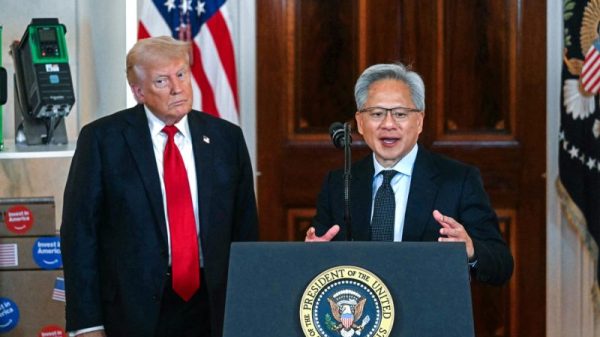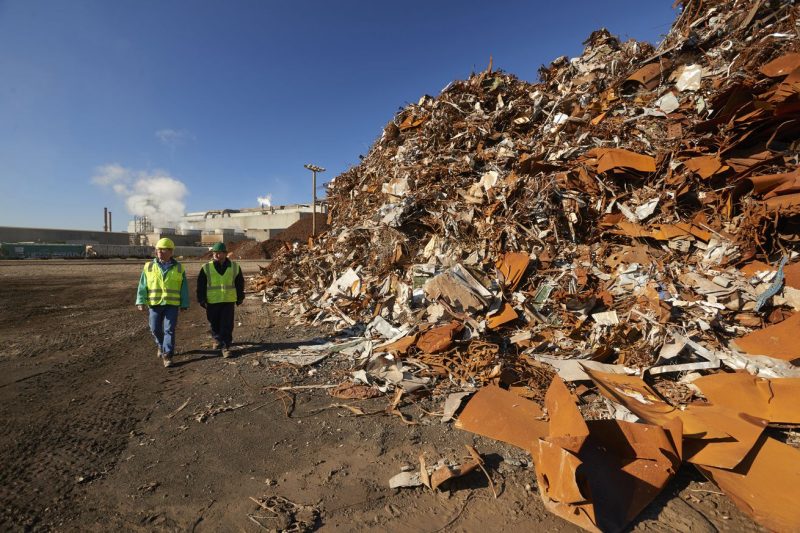As the global focus on sustainability continues to grow, the construction industry has come under increasing scrutiny for its significant environmental impact. From the extraction of raw materials to the disposal of waste, traditional construction practices contribute a substantial amount of carbon emissions and waste production. In response to these concerns, the Biden administration has signaled its intention to prioritize the use of more sustainable construction materials in its infrastructure projects.
One of the key reasons behind the push for sustainable materials is the environmental benefits they offer. Traditional construction materials such as concrete and steel are energy-intensive to produce and release large amounts of carbon dioxide during manufacturing. In contrast, sustainable materials like bamboo, recycled plastic, and sustainable timber are more environmentally friendly options that have a lower carbon footprint. By incorporating these materials into construction projects, the Biden administration aims to reduce the industry’s overall environmental impact and move towards a more sustainable future.
In addition to the environmental benefits, sustainable materials also offer economic advantages. While there may be initial costs associated with sourcing and using sustainable materials, the long-term savings can be substantial. For example, sustainable materials are often more durable and require less maintenance over their lifecycle, leading to lower operating costs for buildings and infrastructure. Furthermore, as the demand for sustainable materials grows, the market for these products is expected to expand, creating new economic opportunities and driving innovation in the construction industry.
However, transitioning to more sustainable construction materials is not without its challenges. One of the main obstacles is the limited availability and higher cost of these materials compared to traditional options. Many sustainable materials are still relatively niche products and may not be widely accessible or affordable for all projects. Additionally, there may be regulatory barriers and industry norms that need to be addressed in order to mainstream the use of sustainable materials in construction.
To overcome these challenges and promote the widespread adoption of sustainable materials, the Biden administration is likely to implement a combination of incentives, regulations, and partnerships with the private sector. By providing financial incentives for using sustainable materials, such as tax credits or grants, the government can encourage more developers and builders to make the switch. Additionally, updating building codes and standards to include sustainability requirements can help drive industry-wide changes and create a level playing field for sustainable materials.
Furthermore, fostering collaboration between the public and private sectors, as well as investing in research and development, can accelerate the development and adoption of new sustainable materials. By working together, stakeholders across the construction industry can share knowledge, resources, and best practices to overcome challenges and advance sustainable construction practices.
In conclusion, the Biden administration’s push for more sustainable construction materials reflects a broader commitment to combat climate change and promote environmental stewardship. By prioritizing the use of sustainable materials in infrastructure projects, the administration aims to reduce the construction industry’s environmental impact, drive economic growth, and foster innovation. While challenges remain, the transition to sustainable materials presents a significant opportunity to build a more resilient and sustainable built environment for future generations.


































